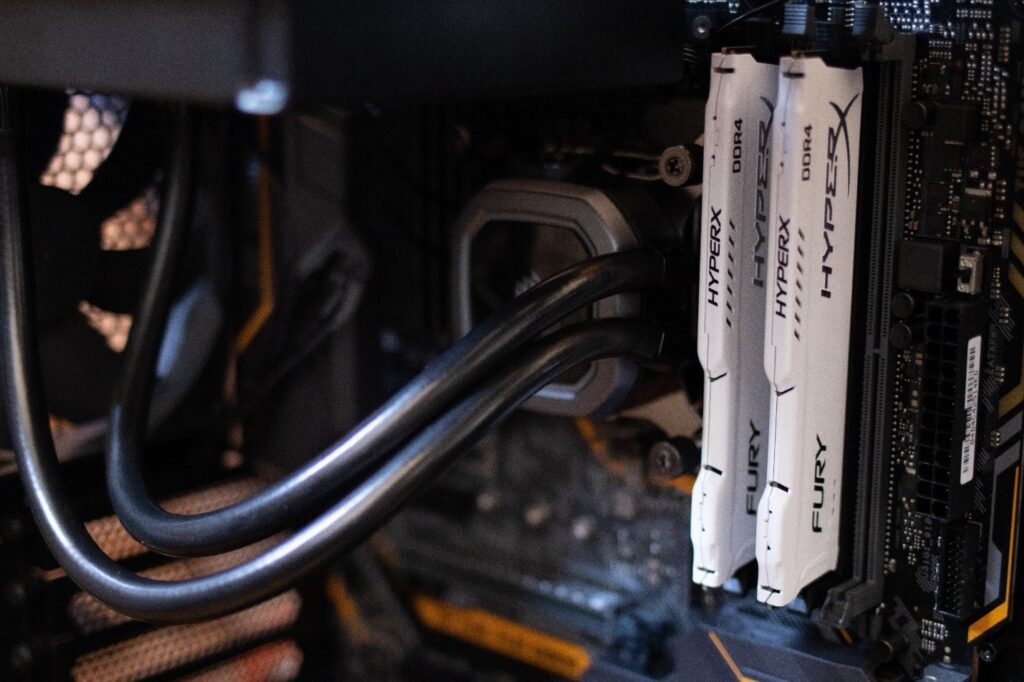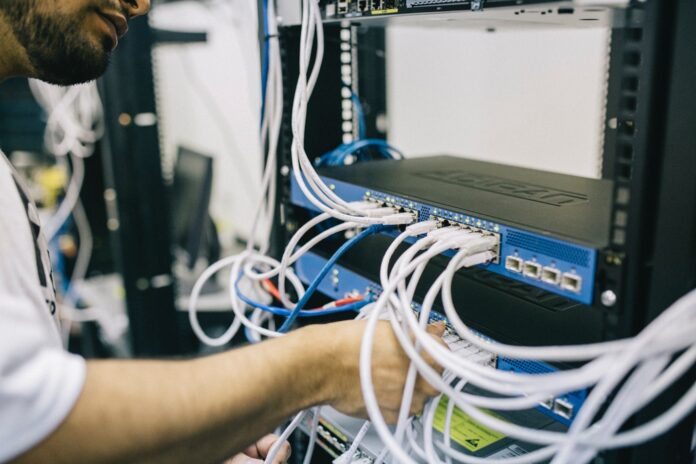Servers are expensive. There’s no way around that unfortunate fact. Perhaps you’ve been in the market for a new or upgraded system for your business and have balked at the price tags you see. Five thousand, ten thousand, even up to twenty thousand dollars! You can be forgiven for experiencing a bit of sticker shock at price tags like these, especially when you weren’t expecting to shell out that much for some equipment. But you need a server. Modern businesses simply can’t operate effectively without IT capabilities, and they’re the foundation for those capabilities.
You may be asking yourself why servers are so expensive. There are a lot of factors that go in to the price, and understanding these factors is key to understanding what setups are right for you. You don’t want to overpay for equipment you don’t actually need, after all! While there are things you can do to mitigate server prices, like shopping from trusted sellers, you still need to understand why what you’re buying is more expensive than you expected. When it comes to tech equipment you get what you pay for; it only makes sense to understand what you’re paying for.
Supply Chain Issues
The most obvious factor in current server prices is that the components that make them are harder to come by these days. The global pandemic that ground the world to a halt in 2020 and 2024 caused disruption in international supply chains, particularly in the precious metals needed to create new computer parts. This disruption didn’t just affect servers, but all electronic devices on the market. The Playstation 5, released on November 12, 2020, was one of the most hotly anticipated video game console releases in history. However, those exact same supply chain issues caused a shortage in production, and only a handful of people have been able to get ahold of them, and they’re a difficult item to get your hands on to this day. As you can see here, shortage in components is so bad that experts are expecting them to only become regularly available in 2024!
This is unfortunate for people looking to buy equipment for their business. While your company may not need a Playstation 5, the same issues preventing consumers from buying one are what have been driving up the costs of buying vital equipment for your business. Unfortunately, there’s nothing that can be done about supply chain issues on your end for now. Unless you can solve global shipping and shortage problems (in which case, you have other things to be worrying about besides buying a server setup), the best move for you is to shop smart and not overpay.
Type of Server

This is where you need to be putting your real focus. There are three kinds of server setup: the rack, the blade, and the tower. You may be thinking that it’s no wonder the price looks painful, each type sounds like a medieval torture method! While this article will give a brief overview, you can go to https://www.serverwatch.com/hardware/blade-servers-vs-rack-servers/ for a more thorough breakdown. Fortunately, understanding the pros and cons of these can help you minimize that price tag by ensuring that you’re getting what you need.
Towers are the smallest kind, and are useful for smaller companies or organizations that don’t require an insane amount of computing power at any given time. They look a lot like desktop computers, and they’re deceptively powerful. Their smaller size makes them more space efficient, and their component costs tend to be lower than the other two models. If your company only needs to handle basic IT functions and doesn’t need to run a lot of things at once, a tower might be the best setup for your business.
The rack is the most basic and common setup, consisting of several computers arranged horizontally on a rack designed to hold them. The rack is most useful for mid-sized companies with a need for more than one server, but less than ten. Racks are bulky and take up more space than the other types, but the tradeoff is efficiency and output. Racks tend to be the workhorse of the IT world, and are both reliable and easy to manage.
Finally, the blade system is perfect for companies with larger processing and computing demands. Blade systems are basically chassis cases into which individual servers, or blades, are slotted vertically. Because each blade handles the duties of a single server, the system is lightning fast and extremely efficient in power. Blade systems are capable of hot swapping, which allows someone to pull one blade and replace it with another if something goes wrong. Because the power comes from the chassis, there are fewer cables and components necessary to make the whole setup function. These tend to be on the pricier side, but the power and efficiency you get in return are simply unmatched.
Read more about: Everything you need to know about Gold Alliance Capital





